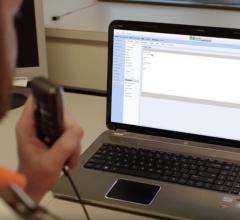In one of the first studies to compare side effects of IMRT and permanent prostate brachytherapy (I-125) for treatment of low-risk prostate cancer, researchers say patients had fewer moderate and serious side effects when treated with IMRT.
"Both treatments demonstrated excellent PSA outcomes (biochemical control) after treatment," said Thomas N. Eade, MBChB, a fellow in the department of radiation oncology at Fox Chase Cancer Center. "The patients who received IMRT tended to be older, but even with that factor, IMRT was better tolerated."
The study included 374 patients with low-risk prostate cancers treated at Fox Chase with either IMRT (216 patients) or I-125 seed brachytherapy (158 patients). Patients who received neoadjuvant hormones were excluded from the study. The IMRT dose ranged from 74 to 78 Gy. The implant dose was 145 Gy. IMRT patients were an average of three years older (median age 67.6 years compared to 64.7 years).
Serious long-term side effects were significantly higher in the I-125 patients, including urethral stricture (narrowing) and catheterization. Catheterization within the first three months was required in three of the IMRT patients and 11 of the I-125 patients. Only one IMRT patient and seven of the implant patients required catheterization more than three months after completing treatment.
"This study shows men treated with brachytherapy have an increased risk of long-term side effects with brachytherapy as compared to IMRT," Eade said. "Advances in technologies will continue to improve outcomes for both treatment modalities, but for now IMRT delivers excellent cancer control with fewer long-term problems."
News | November 16, 2006
© Copyright Wainscot Media. All Rights Reserved.
Subscribe Now


 November 04, 2021
November 04, 2021 








